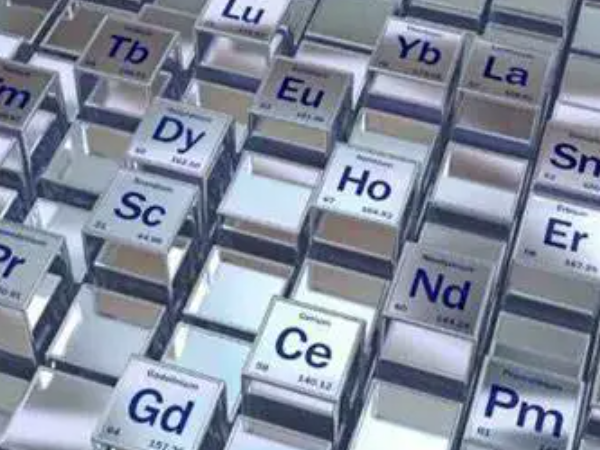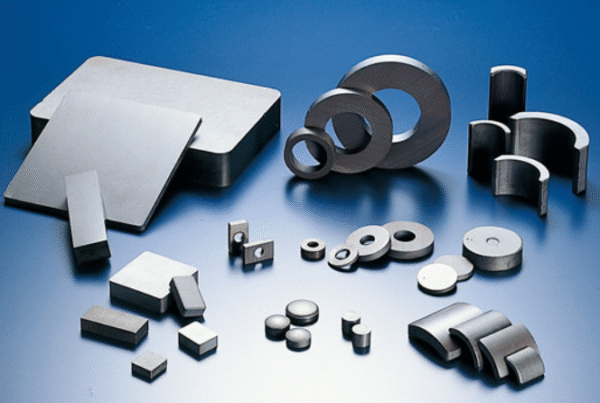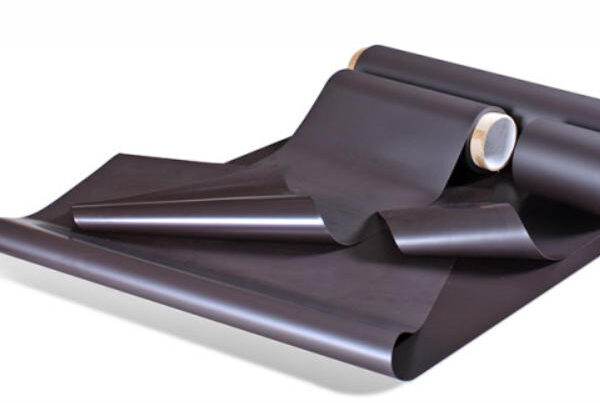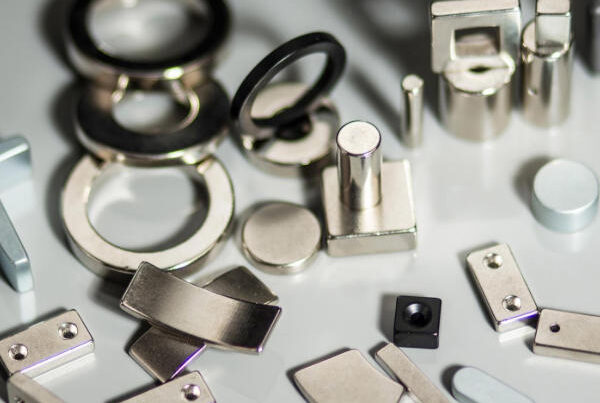Permanent magnets, especially neodymium-iron-boron (NdFeB), are widely used in electric motors, wind turbines, consumer electronics, and new energy vehicles due to their high magnetic energy product, compact size, and strong performance. However, NdFeB magnets are extremely sensitive to moisture, oxygen, and acidic or alkaline environments, which can cause corrosion, oxidation, and eventual demagnetization. To ensure long-term stability and operational safety, advanced surface coating technology has become a key solution to enhance magnet lifespan and maintain their magnetic integrity over years of service.
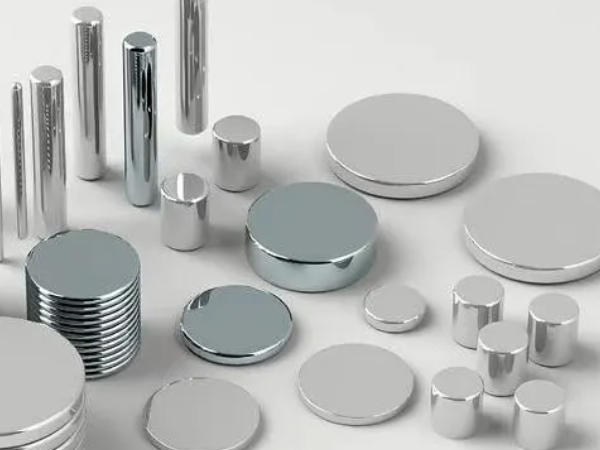
1. Metallic Coatings: Classic and Reliable Protection
Metallic coatings are the most widely used form of surface treatment for magnets, including nickel (Ni), copper (Cu), zinc (Zn), and multi-layer coatings such as Ni-Cu-Ni. Electroplating is a mature, low-cost method that forms a dense metallic barrier, while electroless plating provides more uniform coverage, ideal for complex geometries and small components. Composite coatings such as Ni-Fe or Zn-Al can further enhance corrosion resistance, adhesion strength, and mechanical toughness. Metallic coatings effectively isolate air and moisture, and through cathodic protection, they prevent electrochemical reactions—significantly extending the magnet’s operational lifespan and stability.
2. Resin and Polymer Coatings: Lightweight and Insulating
Polymer coatings, such as epoxy resin, polyurethane, and acrylic resin, offer excellent insulation, wear resistance, and chemical stability. An epoxy coating can form a smooth, dense barrier, but small cracks may develop under stress or thermal cycling. To improve reliability, nanoparticles or silver powder are often added, forming a compact composite structure that enhances both moisture and wear resistance. In addition, combining electrophoretic coating with spray coating provides stronger adhesion and better corrosion protection, making it suitable for humid, high-salt, or coastal environments where metallic coatings may fail over time.
3. Chemical Films and Inorganic Coatings: High-Resistance and High-Temperature Solutions
Chemical conversion films—such as phosphate, silane, or cerium–silane hybrid films—create a stable passivation layer through chemical reactions on the magnet surface, effectively reducing corrosion rates. Meanwhile, inorganic coatings such as TiN, Al₂O₃, or ceramic coatings are typically prepared via PVD (Physical Vapor Deposition) or magnetron sputtering. These coatings are extremely dense, highly adhesive, and capable of withstanding both high temperatures and aggressive chemical corrosion. Although their manufacturing processes are more complex and costly, the protective performance, durability, and thermal resistance of inorganic coatings far surpass traditional electroplating methods.
4. Multi-Layer Composite Coatings: Optimal Comprehensive Protection
Modern high-performance permanent magnets often adopt multi-layer composite coatings combining metal, resin, and inorganic layers. The metallic base layer ensures electrical conductivity and shielding; the middle polymer layer enhances sealing and flexibility; and the top inorganic layer provides superior heat and mechanical protection. This layered structure effectively resists moisture, salt spray, and thermal shocks, improving the magnet lifespan by two to three times. Such coatings are widely used in new energy vehicle motors, industrial servo systems, and aerospace components, where both reliability and long-term durability are critical for system performance.
5. Mechanisms of Coating Protection
The effectiveness of permanent magnet coatings lies in their combined physical and chemical protection mechanisms:
(1) Isolating corrosive media, blocking oxygen and moisture;
(2) Suppressing electrochemical reactions and protecting the Nd-rich phase;
(3) Improving adhesion and density, preventing cracks, delamination, and peeling;
(4) Enhancing heat, wear, and aging resistance, delaying magnetic performance decay over time.
By integrating these protective effects, coatings safeguard the magnet’s microstructure and maintain its long-term magnetic performance even under harsh service conditions.
Conclusion: Scientific Coating Design Extends Magnet Lifespan
Different working environments require specific coating combinations:
For general conditions, Ni-Cu-Ni or Ni + epoxy hybrid coatings are recommended;
For high-temperature or salt-spray environments, ceramic or PVD inorganic coatings offer better performance;
Under extreme conditions, a triple-layer composite coating provides maximum protection and reliability.
A well-designed surface treatment system can effectively resist corrosion and aging, maintain stable magnetic properties, and greatly extend the lifespan of permanent magnets. This ensures long-term reliability, safety, and performance for electronic, motor, and renewable energy applications worldwide.


